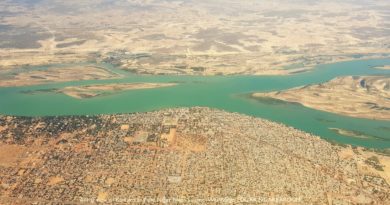The 2020 hurricane tragedy in Central America
On Monday, November 2nd, 2020, it was announced that hurricane Eta was approaching Nicaragua, having the category of four on the Saffir-Simpson Hurricane Wind Scale. Consequently, Nicaragua, along with its neighbors El Salvador and Honduras, switched to an alert mode. Catastrophic winds, flash floods, and landslides were all expected upon the landfall of the hurricane there.
At around 10 PM GMT, the cyclone’s eye 225 km away from Nicaragua’s coast, the Nicaraguan authorities evacuated and sheltered 3’000 families, along with 88 tons of food accompanied by civil protection groups. Finally, on Tuesday, November 3rd, at 12 PM GMT, the hurricane arrived at Nicaragua’s coast.

It was only thirteen days after hurricane Eta’s landfall on Nicaragua’s coast that hurricane Iota arrived. On Tuesday, November 17th, 01:00 AM GMT, the hurricane Iota landed 41 km south of Bilwi, on the coast of Nicaragua, as a Category 5 hurricane, the most devastating category.
Hurricane Iota “arrived and finished” destroying everything “that (hurricane) Eta had left standing” only a fortnight ago, Yamil Zapata, an official for the northern Nicaraguan region of the Caribbean, said.
Eta and Iota followed each other only a fortnight apart with the same trajectory. They created catastrophic floods, landslides, and destruction in Central America and the Colombian Caribbean islands. They left more than 200 dead and an unknown number missing, as well as millions of dollars in damage devastating Central America.
Climate change to blame
The Caribbean, Central America, and the southeastern United States have been subjected to a record of 30 tropical storms in this season. According to scientists, climate change slows down the dissipation of hurricanes after their landfall.

The heads of state of Central American countries have accused the industrialized countries of being responsible for global warming and the attributed effects on their countries’ extreme events. Together, they have presented a request for reconstruction aid to international financial organizations.
Reference:




